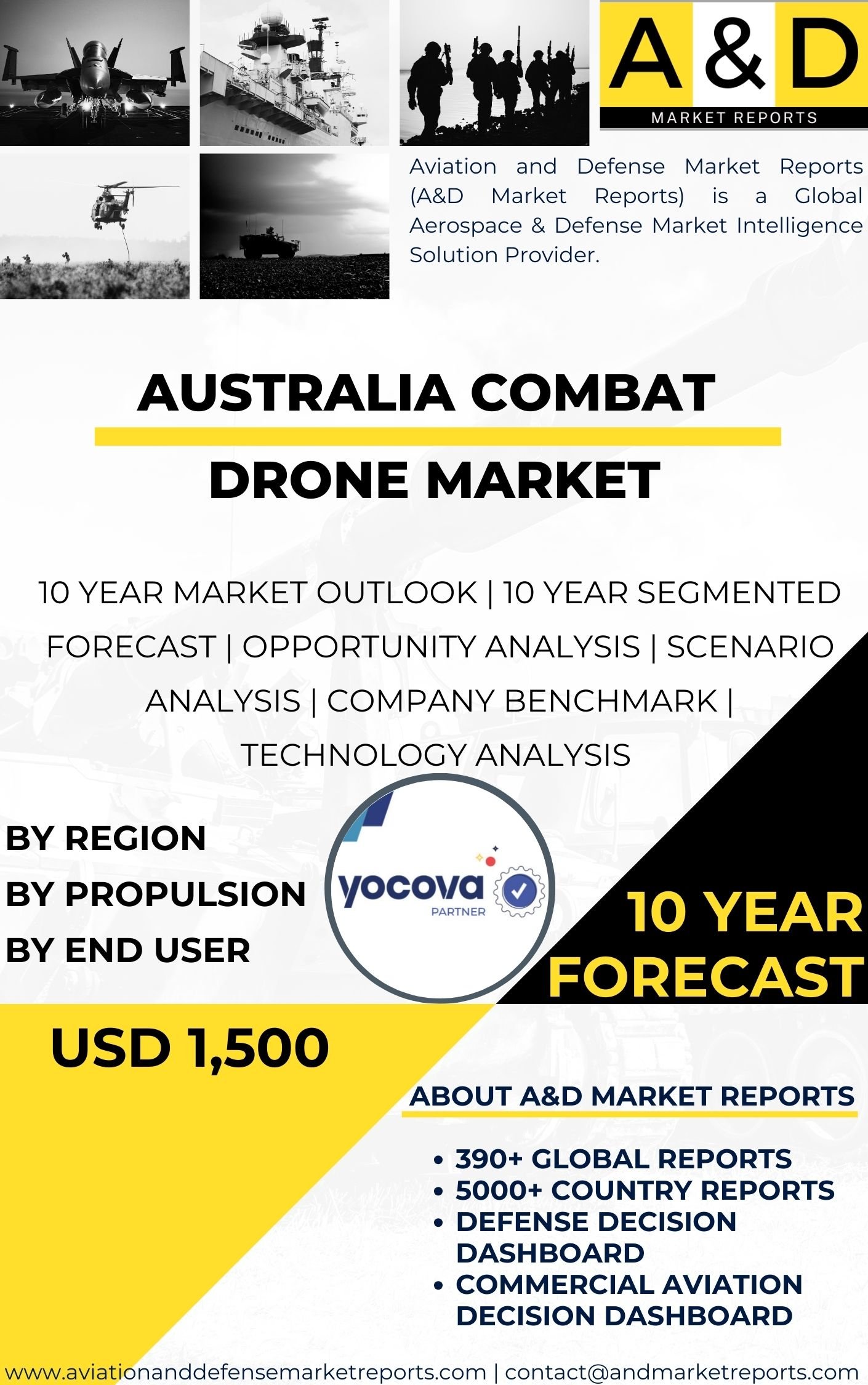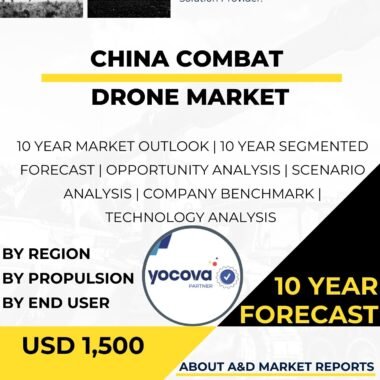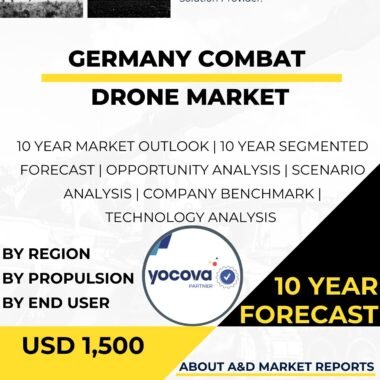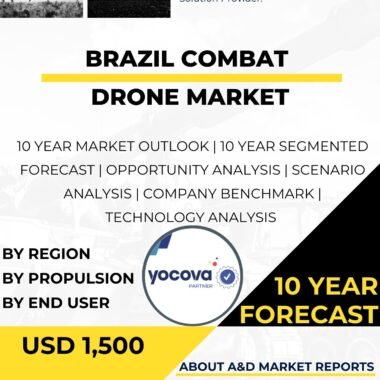Description
Australia Combat Drone Market: Overview and Strategic Importance
The Australia Combat Drone Market is expanding rapidly and plays a vital role in strengthening the nation’s defense capabilities. Combat drones, also known as unmanned aerial vehicles (UAVs), have changed modern warfare. They provide the Australian Defence Force (ADF) with real-time intelligence, improved situational awareness, and precision strike power. With vast land and maritime borders, Australia understands the need to invest in advanced drone technology. This article explores the current state of the Australia Combat Drone Market, its key drivers, challenges, technological advancements, and future growth prospects.
Current Trends in the Australia Combat Drone Market
The market has grown significantly in recent years due to the ADF’s push for defense modernization. Combat drones support many mission types. These include reconnaissance, surveillance, target acquisition, intelligence gathering, and precision strikes. Their ability to operate in dangerous environments reduces risks to personnel and increases mission success rates.
Key Drivers of Market Growth of the Australia Combat Drone Market
One of the main reasons for the market’s expansion is Australia’s commitment to using unmanned systems. These drones deliver fast and accurate ISR (Intelligence, Surveillance, and Reconnaissance) data. This allows commanders to make better and faster decisions. Australia aims to strengthen its defense industry by encouraging local production and innovation. Partnerships between the government, private defense firms, and research institutions have led to advanced drone designs tailored to Australian needs. This supports job creation, boosts industry capability, and opens opportunities for technology exports. Australia’s vast coastline, remote areas, and regional security commitments make drones a practical and cost-effective surveillance solution. Their long endurance and ability to cover large zones give the ADF greater operational flexibility.
Types of Combat Drones in Australia
Reconnaissance and Surveillance Drones
These drones capture visual, infrared, and electronic data in real time. Their advanced sensors help detect, identify, and track threats across land, sea, and air. Unmanned Combat Aerial Vehicles carry guided weapons such as missiles and smart bombs. They help the ADF neutralize targets with precision while reducing collateral damage. These systems act as both reconnaissance and strike assets. They can hover over an area before being directed to engage a target, offering high flexibility during missions.
Challenges Facing the Australia Combat Drone Market
As rivals develop new technologies, Australia must invest in research and development to maintain a competitive edge. Constant innovation is necessary to keep drone systems effective. Balancing investment between drone capability and other defense priorities is a key challenge. Smart allocation of funds is essential for sustaining long-term modernization. Protecting drone networks from cyber threats is crucial. Secure communication channels and strong cybersecurity systems are necessary to safeguard sensitive military data.
Future Outlook for the Australia Combat Drone Market
The market is expected to continue growing as the ADF advances its defense modernization goals. Demand for next-generation combat drones will rise, driven by:
-
Increased focus on ISR capabilities
-
Enhanced precision-strike requirements
-
Greater regional security commitments
-
Continued government–industry collaboration
Ongoing research and development will lead to improved endurance, autonomy, and sensor integration.
Conclusion
The Australia Combat Drone Market is a key component of the nation’s defense strategy. Combat drones improve intelligence gathering, surveillance, and strike capabilities, helping the ADF protect Australia’s territorial integrity and contribute to regional stability. The market’s growth reflects Australia’s commitment to innovation, defense modernization, and strategic preparedness. Overcoming challenges related to technology development, budgeting, and cybersecurity will help unlock the full potential of combat drone systems and support Australia’s long-term defense and security objectives.




